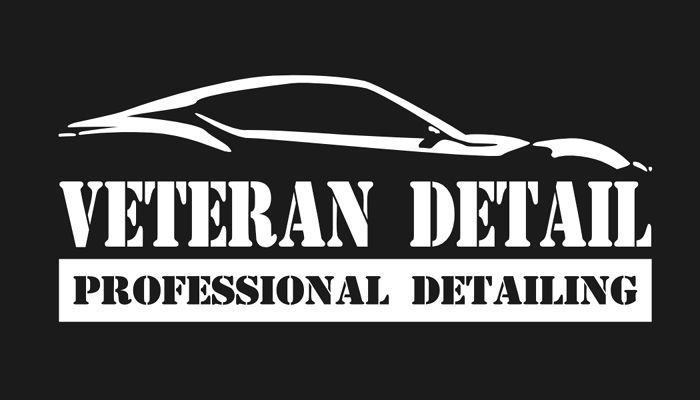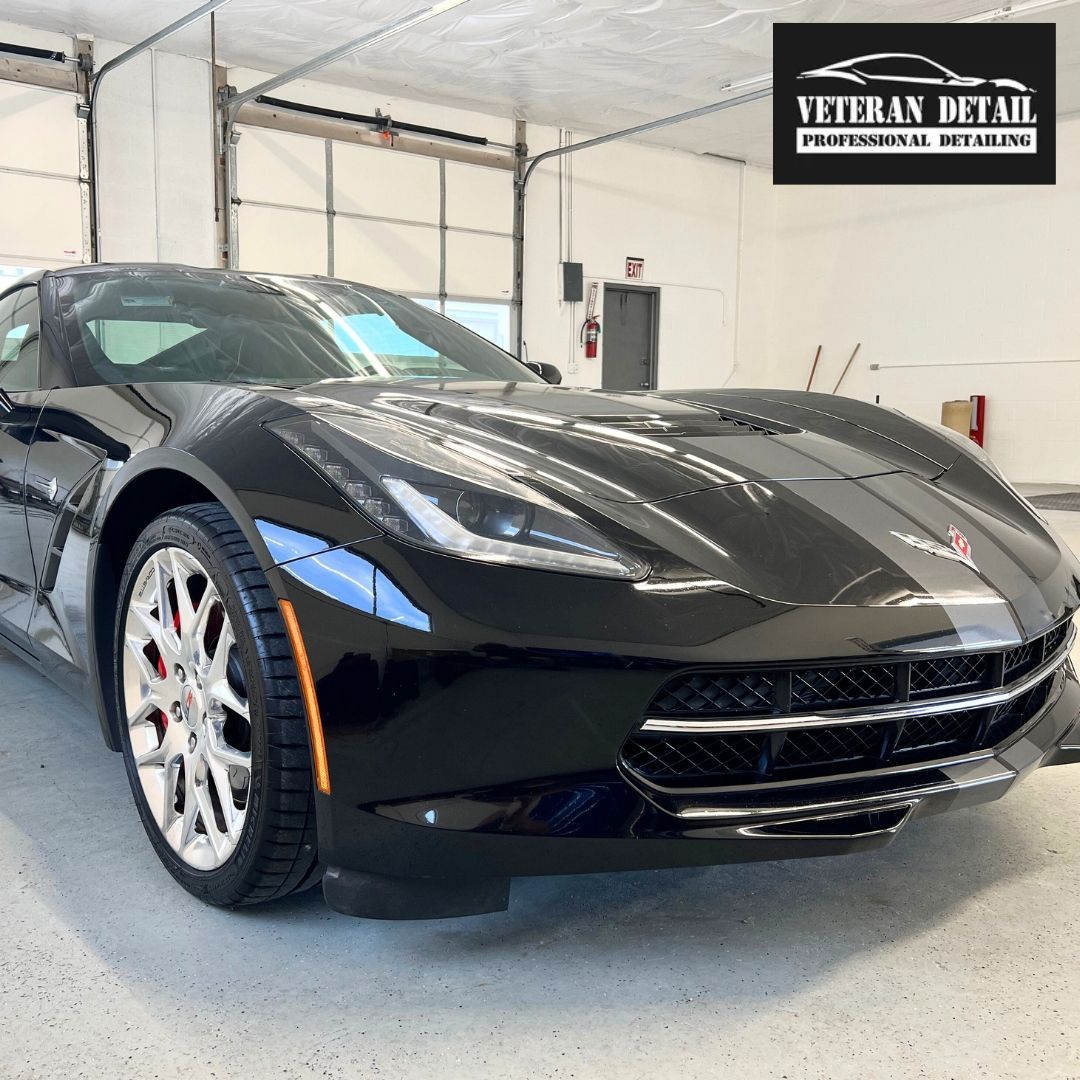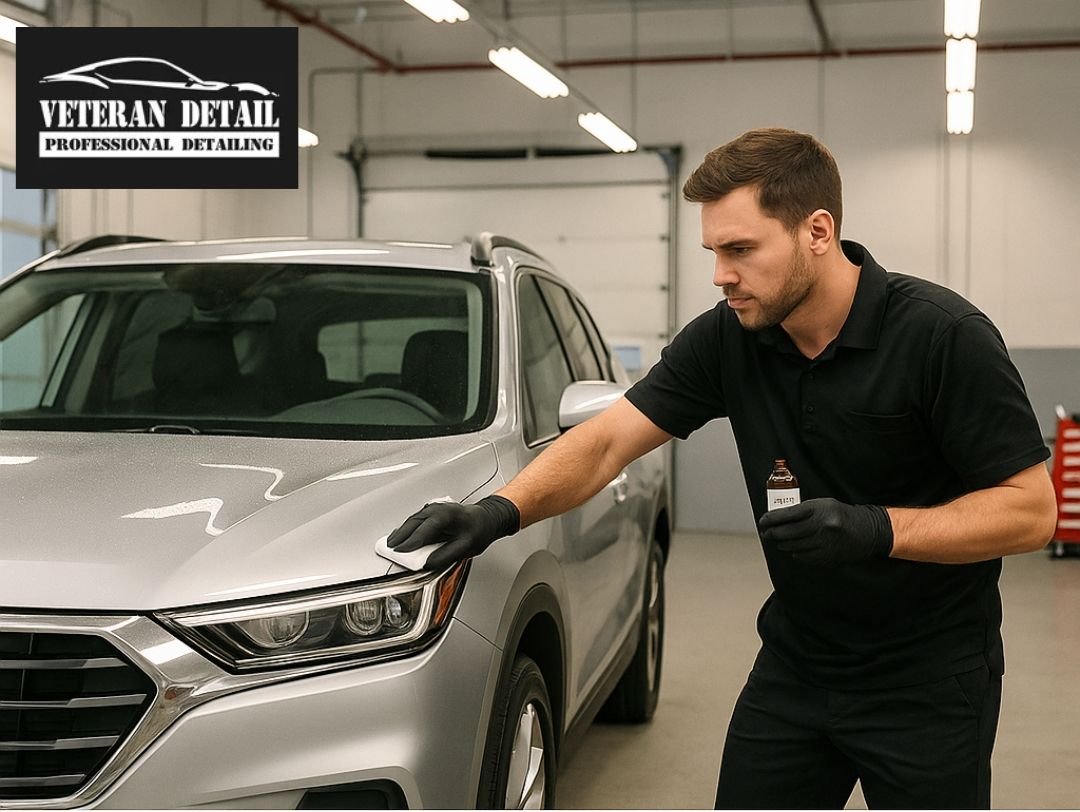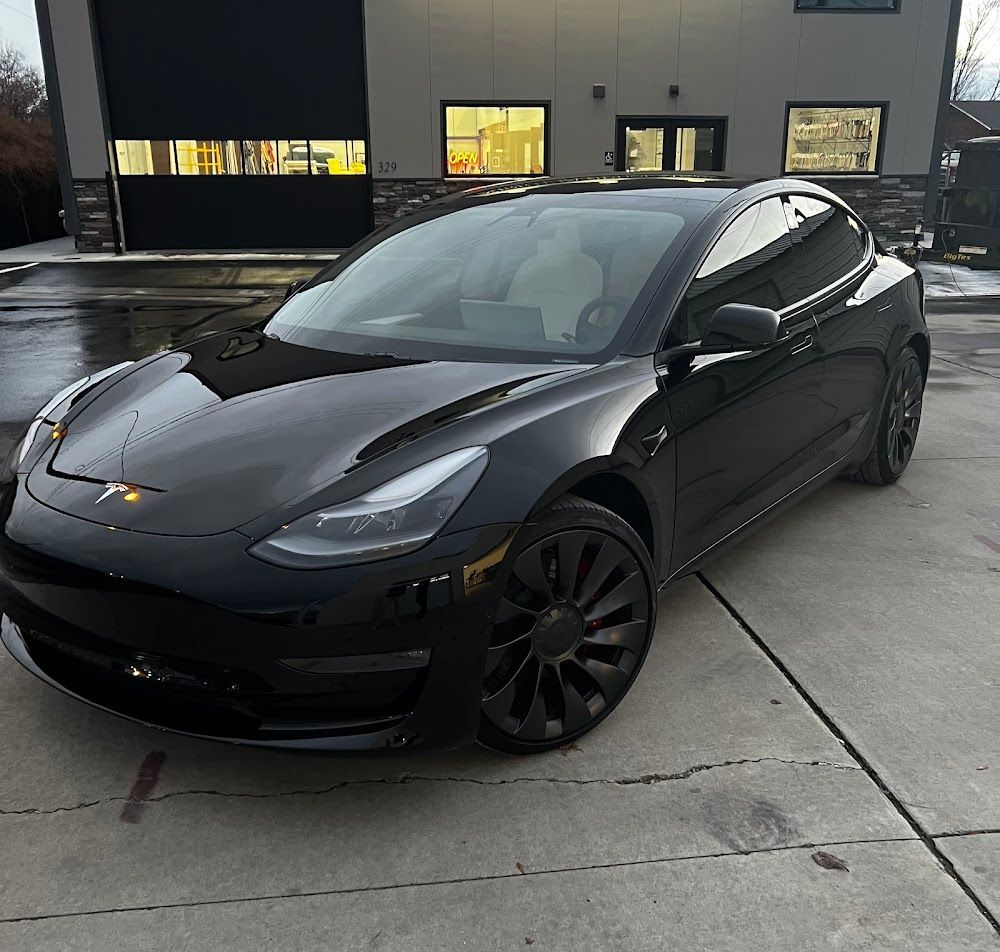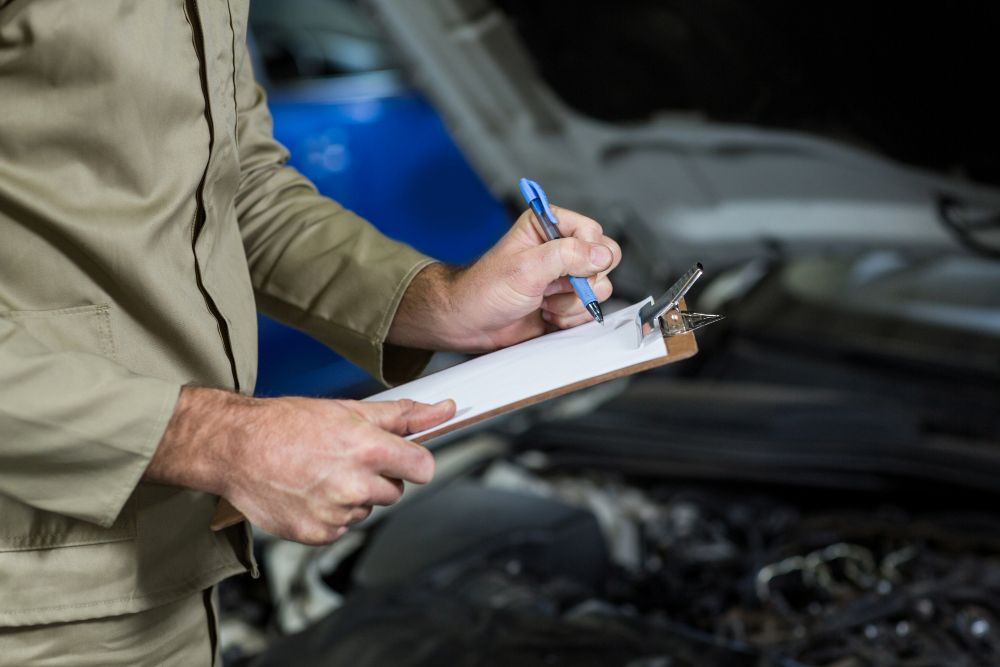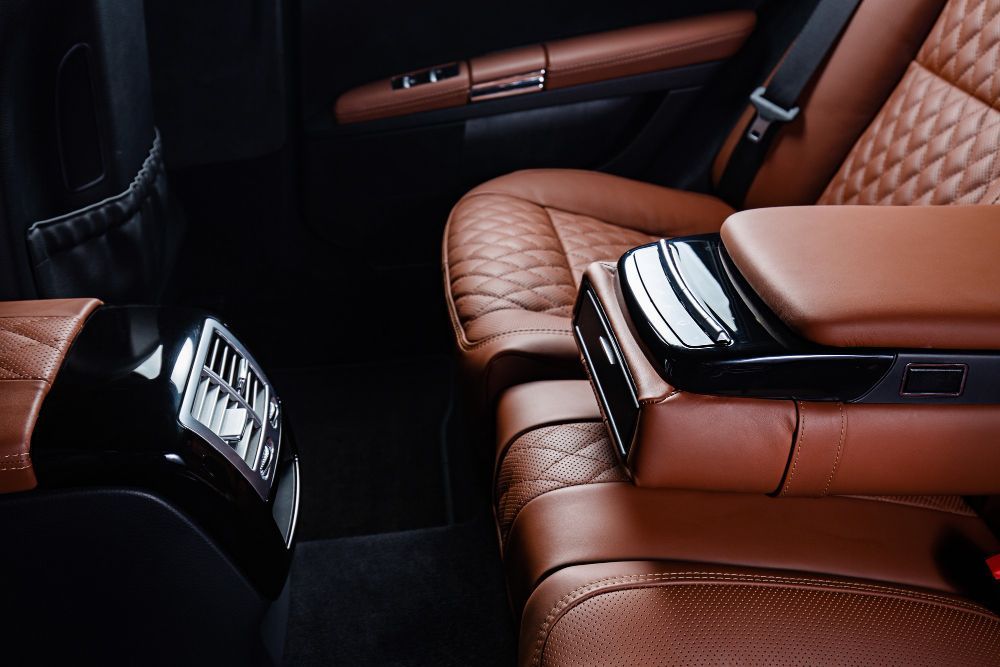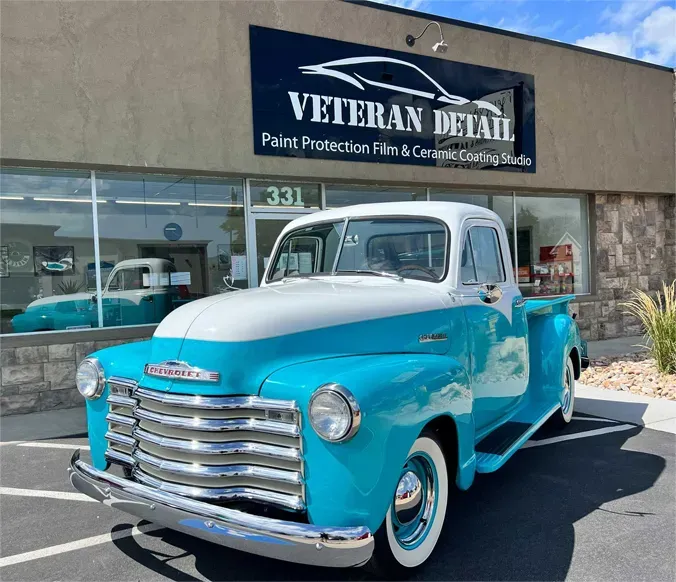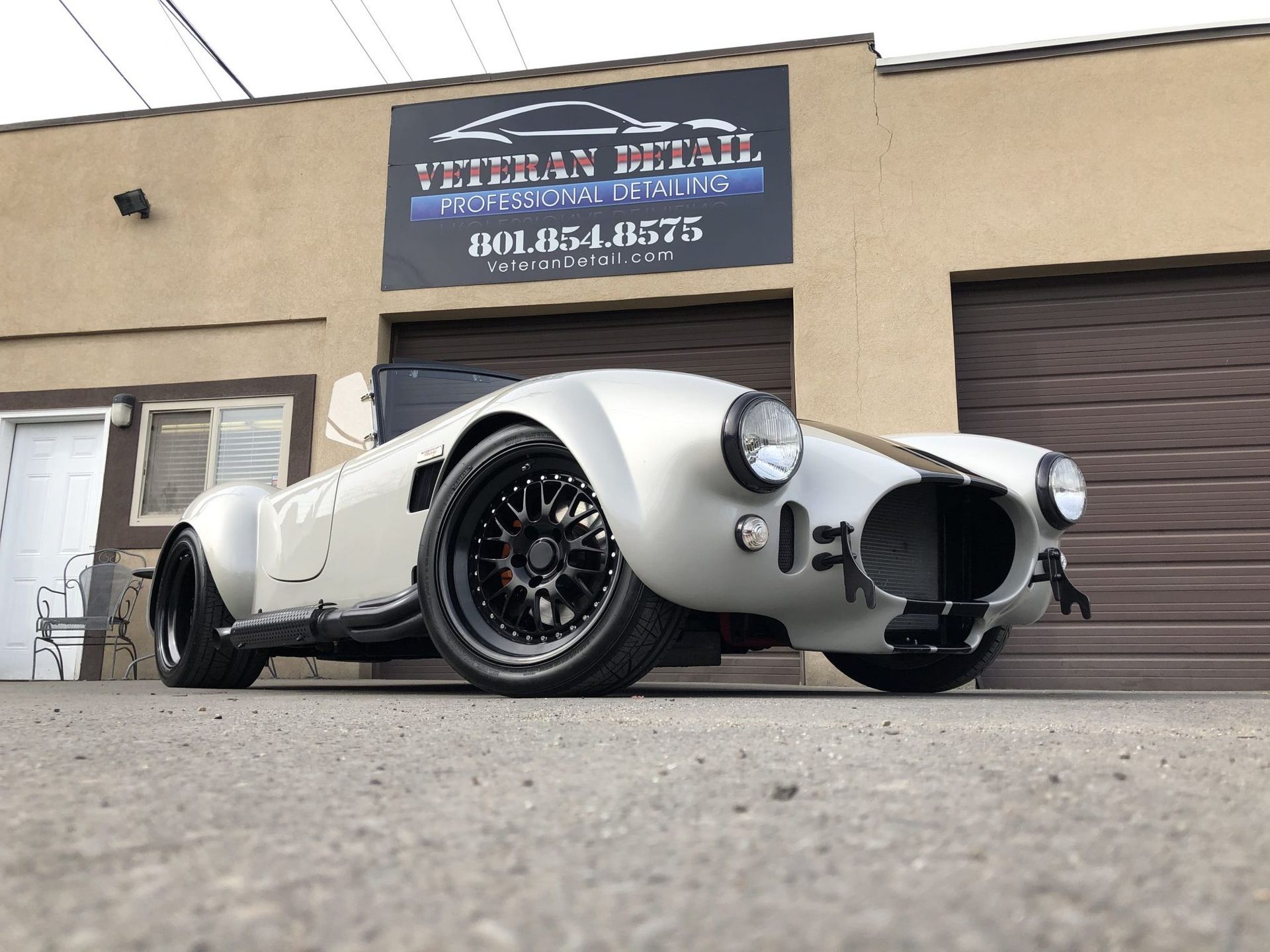The Advantages of Paint Protection Film
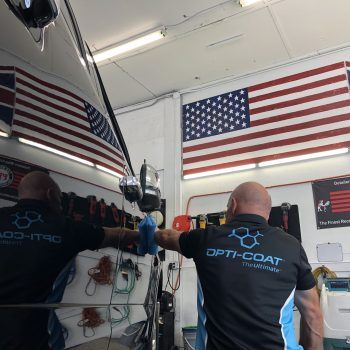
If you're a car enthusiast or just someone who likes to keep their vehicle looking pristine, you've probably heard about paint protection film (PPF). It's that clear, nearly invisible layer that shields your car's paint from all sorts of damage. But why is it becoming so popular, and is it worth the investment?
In this article, we'll dive into the benefits of PPF and show you why it's a smart choice for anyone who wants to keep their car in top shape. From protecting against scratches and chips to preserving the vehicle's value, we'll cover it all. Let's get into it.
Protects Against Scratches and Chips
Cars face all kinds of threats on the road. Loose gravel, road debris, or even careless parking lot scrapes can leave nasty scratches and chips on your vehicle's paint. Paint protection film creates a barrier between your car's paint and these hazards. It's like a suit of armor for your car.
The film is made from a tough, flexible material. It absorbs impacts from small rocks and prevents them from scratching the paint. The same goes for minor collisions, like when you accidentally bump into a low curb. With PPF, your car's paint stays intact.
Think about how many times you've washed your car and noticed new scratches. PPF helps minimize those by providing a protective layer. It’s especially handy for front bumpers and hood areas, which get hit by flying debris the most. You won't have to worry about your car's paint taking a beating every time you drive.
Installers can apply PPF to specific areas or cover the entire vehicle. Either way, the film works to keep your paint in great shape, reducing the need for costly touch-ups or repainting. With PPF, you can drive with confidence, knowing your car is protected.
Preserves Vehicle Aesthetics and Value
Paint protection film helps maintain your vehicle's original look. It keeps the paint free from scratches, chips, and other damage. This preservation has a big impact on your car's resale value.
When a potential buyer sees a car with perfect paint, it makes a great first impression. They know it's been taken care of. It can lead to a higher selling price when you decide to upgrade or trade in your vehicle.
Paint touch-ups and repainting can be expensive. PPF helps avoid these costs by protecting the paint. It also saves you time and effort in maintaining your car's appearance. With PPF, you won't need as many trips to the body shop.
The film is nearly invisible. It doesn't alter the look of your car, keeping its original design intact. That way, your vehicle keeps its aesthetic appeal without any noticeable changes. It's like having a paint job that doesn't age.
Preserving your car's value with PPF makes financial sense. It cuts down on repair costs and helps your vehicle look new for longer. When it's time to sell, you'll be glad you had PPF. It makes a difference in the eyes of buyers and dealerships.
Offers UV and Chemical Resistance
Ultraviolet rays are rough on car paint. Over time, they cause fading and other damage. Paint protection film blocks these rays, keeping your vehicle's paint vibrant. It prevents that dull, worn-out look from sun exposure.
PPF is also resistant to various chemicals. Road salt, bird droppings, and tree sap can eat into paint and cause lasting damage. The film creates a barrier, stopping these harmful substances from getting to the paint. This protection reduces the need for frequent cleaning and waxing, saving you time and effort.
Chemical resistance also means fewer stains and discoloration. You won't have to worry about annoying spots or streaks that won't wash off. It's especially handy if you live in an area with harsh weather or lots of trees. Your car stays cleaner and looks better with PPF.
This type of resistance is critical for preserving a car's value. Paint that's protected from UV rays and chemicals stays in good condition longer. It's less prone to fading and discoloration, so your vehicle retains its showroom shine.
PPF's UV and chemical resistance is a major advantage. It extends the life of your paint, reduces maintenance, and keeps your car looking great. It's one less thing to worry about when you hit the road.
Self-Healing Properties
Some paint protection films have a self-healing feature. This means minor scratches can disappear over time. How? Heat and sunlight trigger the self-healing process, allowing the film to revert to its smooth state.
It's a remarkable technology. If a small scratch appears, exposure to the sun or hot water can make it vanish. This process reduces the need for constant polishing or buffing. It's especially helpful if you drive in urban areas where minor scratches are common.
Self-healing PPF offers a low-maintenance way to keep your car looking new. You won't have to worry about small marks ruining your vehicle's appearance. The film does the work for you, saving time and effort.
Self-healing properties also contribute to the film's longevity. Because it can recover from minor damage, it tends to last longer. You won't need to replace the film as frequently as you might with other types of paint protection.
This self-healing ability is a game-changer for car owners. It keeps your vehicle looking great with minimal upkeep. Plus, it's a unique selling point if you decide to sell your car. The self-healing feature adds value and reduces maintenance stress.
Customizable and Invisible Protection
Paint protection film is highly customizable. Installers can cut it to fit various vehicle shapes, making it suitable for all types of cars. Whether you have a sports car or an SUV, PPF can be tailored to cover specific areas or the entire vehicle.
This customization ensures a perfect fit. The film adheres smoothly to your car's curves without bunching or stretching. It's practically invisible, so it won't alter your vehicle's appearance. That way, you get full protection without any aesthetic changes.
The customization also means you can choose which parts of your car need extra protection. Some people only apply it to high-risk areas like the hood and front bumper. Others opt for full coverage to ensure every inch is shielded. This flexibility makes PPF a versatile option for all kinds of vehicle owners.
PPF's invisibility is a key selling point. You won't see seams or noticeable edges. It's designed to be transparent and blend seamlessly with your car's paint. This invisibility keeps your vehicle's look intact, while still providing robust protection.
Customizable and invisible protection make PPF a great choice for anyone who wants to keep their car looking sleek. You can protect your car without compromising its style. It's a win-win for both form and function.
Reduces Maintenance and Cleaning
Paint protection film cuts down on maintenance. The film repels dirt, dust, and other contaminants. This means your car stays cleaner for longer periods. It’s a real timesaver.
PPF also resists stains from road grime, bird droppings, and tree sap. These substances can damage paint over time, requiring frequent cleaning. With PPF, they don't stick as much, making it easier to wash them away.
The reduced maintenance isn't just about cleaning frequency. PPF also means you don't have to wax your car as often. The protective layer keeps the paint looking shiny without all the extra work. This can save you both time and money on car care products.
Less maintenance means more time to enjoy your car. You can drive without worrying about constant cleaning or unexpected stains. It also extends the lifespan of your paint job, reducing the need for touch-ups and repainting.
PPF's ability to reduce maintenance is a big plus for busy car owners. You get a cleaner car with less effort. It's a straightforward way to keep your vehicle looking its best without all the hassle.
Conclusion
Paint protection film is a smart choice for keeping your car in top condition. It protects against scratches, chips, UV rays, and chemicals. It preserves your vehicle's aesthetics and resale value. The film's self-healing properties and reduced maintenance needs make it an even more attractive option. Plus, it's customizable and practically invisible, offering robust protection without altering your car's appearance. PPF is a cost-effective way to keep your car looking its best for longer.
Call to Action
Want to give your car the protection it deserves? Contact Veteran Detail for expert paint protection film installation. Serving Utah County, American Fork, Pleasant Grove, Orem, and Provo, Veteran Detail offers top-notch services, including car detailing, ceramic coating, classic car detailing, window tinting, and more. Schedule your appointment today and experience the difference with Veteran Detail. Your car will thank you.
Frequently Asked Questions
1. How long does paint protection film last?
Paint protection film typically lasts 5 to 10 years, depending on factors like quality, environment, and care. Proper maintenance can extend its lifespan.
2. Can paint protection film be removed without damaging the paint?
Yes, PPF can be removed safely. Professional installers use heat and gentle techniques to avoid damaging the paint underneath.
3. Does paint protection film affect my car's warranty?
No, PPF does not void most car warranties. However, always check with your car manufacturer and PPF installer to be sure.
4. Is paint protection film better than ceramic coating?
PPF and ceramic coating serve different purposes. PPF is thicker and protects against scratches and chips. Ceramic coating adds a hydrophobic layer that repels water and dirt. Some car owners use both for optimal protection.
5. How much does it cost to install paint protection film?
The cost varies based on the car's size, the quality of the film, and the areas covered. Partial coverage can start from a few hundred dollars, while full-vehicle protection can range into the thousands.
6. Can I wash and wax my car with paint protection film?
Yes, you can wash and wax your car with PPF. However, avoid abrasive cleaning methods, and use gentle car-care products. Follow the PPF installer's care instructions for best results.
